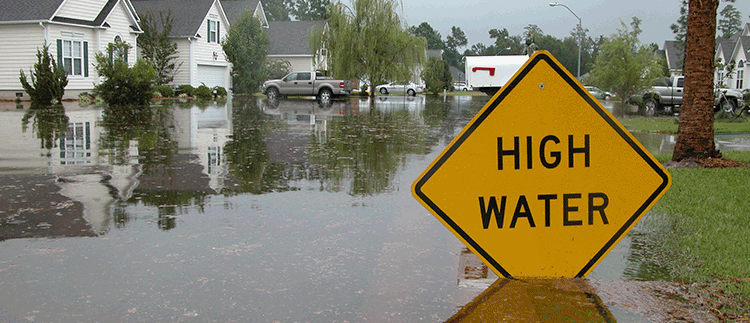Creating Safe Havens: Architectural Designs that Protect Against Natural Disasters

The Essence of Resilience in Building Structures
When we think about architectural design, it’s not just about aesthetics or functionality. It’s a comprehensive approach incorporating safety, resilience, and environmental harmony. In recent years, the importance of designing buildings that can withstand natural disasters has skyrocketed. This narrative explores how innovation in architecture creates spaces that are not only beautiful but also a fortress against the wrath of nature.
The Role of Nature in Shaping Architecture
From the tremors of earthquakes to the fury of hurricanes, nature has always been a formidable force that architects must consider. The challenge lies in crafting spaces that tell a story of resilience, adaptability, and sustainability. It’s a delicate dance between embracing natural elements and safeguarding against their potential destruction.
A Journey Through Time: Historical Perspectives
The history of architecture is rich with examples of innovation driven by the need for protection against natural calamities. Ancient civilizations, from the Anasazi of the American Southwest with their cliff dwellings to the stilt houses of Southeast Asia designed for flood mitigation, show us that disaster-resistant design is as old as habitation itself.
Modern Marvels in Disaster-Resilient Design
In the modern era, technological advancements and scientific understanding have taken architectural resilience to new heights. Structures like the Burj Khalifa in Dubai or the earthquake-resistant skyscrapers of Tokyo are testaments to human ingenuity in the face of nature’s challenges. These marvels not only withstand the elements but also incorporate sustainable practices that ensure longevity and harmony with the environment.
The Science and Art Behind Safe Havens
At the heart of disaster-resistant architecture is a blend of cutting-edge engineering and innovative design principles. Materials science plays a crucial role in developing flexible yet strong materials that can absorb and dissipate the energy of seismic waves or withstand a hurricane’s high winds.
Integrating Nature’s Wisdom: Biomimicry in Design
One of the most exciting trends in architectural design is biomimicry—drawing inspiration from the natural world to solve human problems. By mimicking how certain plants or animals withstand environmental stresses, architects can create buildings that offer unprecedented levels of protection and efficiency.
Stories of Resilience
One example of the power of architectural design in the face of natural disasters comes from a community in Japan that had been rebuilt after a devastating tsunami. The new structures, elevated and designed with escape routes directly to higher ground, were not just buildings but lifelines for those living there.
The Path Forward: Sustainability and Safety
As we look to the future, the intersection of architectural design and disaster resilience is more critical than ever. With the increasing frequency and intensity of natural disasters due to climate change, creating safe havens that can protect against the forces of nature is not just a challenge but a necessity.
Architectural Design as a Beacon of Hope
Incorporating resilience into architectural design is not just about survival; it’s about creating spaces that inspire hope and foster communities. As we continue to push the boundaries of what’s possible, we find that the safest structures are those that work with nature, not against it.
Conclusion: A Testament to Human Resilience and Ingenuity
The journey of architectural design is one of constant evolution, driven by the challenges we face and the innovations we discover. In designing structures that protect against natural disasters, architects do more than create safe havens; they weave resilience, sustainability, and beauty into the very fabric of our communities, ensuring a safer, more hopeful future for us all.
Learn More About Natural Hazards Lurking Near Your Home
Discover the peace of mind that comes with HomeGuard’s comprehensive Natural Hazard Disclosure Reports. Our report meticulously outlines active and potentially active fault lines, flood and fire hazard zones, and other crucial environmental considerations. Don’t leave the safety of your loved ones to chance. Order your Natural Hazard Disclosure Report today and take proactive steps to safeguard your family’s well-being and protect your valuable investment.




